CHAPTER 4: The functioning of the Biotic component in the Ecosystem
In the preceding chapter, we explored the significance of the non-living components within ecosystems. Now, we shift our focus to the living, or biotic, aspect of the environment. The term “biotic” encompasses all materials containing carbon.
Since the time of the Greek philosopher and scientist Aristotle, born 384 BCE, animals and plants were classified according to their complexity. The science of classification is called Taxonomy, from the Greek word ‘taxis’ which means arrangement and the word ‘nomos’ which means law. In this hierarchical system, the broadest classification of life is domain and kingdom, and the most specific classification is genus and species. The hierarchical groupings in between include phylum, class, family and order.
Carl von Linne (1707-1778), a Swedish professor of Botany at the University of Uppsala, is hailed as the pioneer of modern classification. He established the binomial system of classification, which entails naming individual organisms with two names: one for the genus and one for the species (species is also pluralized as species). The genus name is a single word always capitalized, such as Acacia. Meanwhile, the species name can be a single or compound word, always starting with a lowercase letter, like Acacia karoo. When referring to multiple species from the same genus in succession, like Acacia in our example, the genus name is abbreviated to its initial, such as A. karoo.
In contrast, ecologists adopt an integrated approach towards the natural environment. They delve into the interrelationships among different organisms and their collective impact on the habitat. Ecological research is categorized into six levels, ranging from the most comprehensive, the biosphere, to the most specific, the individual organism.
The individual organism (e.g., an antelope) is thus the primary level of ecological research (Fig. 4.1). A collection of similar organisms capable of reproducing through interbreeding is termed a species. In terms of ecological study levels, species are examined at the same level as individual organisms.
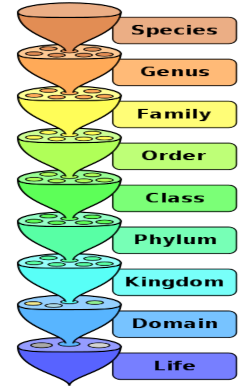
Figure 4.1: The organizational structure of living things
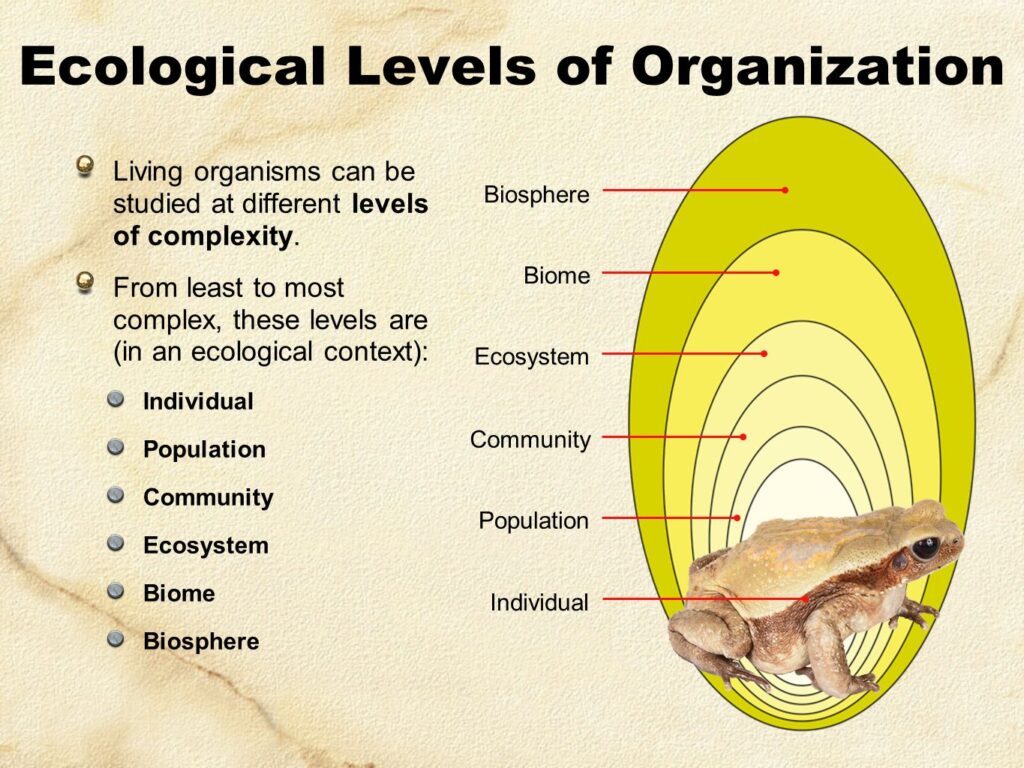
Figure 4.2: Classification of living things
The next level, that of population, consists of all individuals within a species living in the same area (e.g., a herd of antelope).
Communities are habitats where individuals from diverse populations coexist. For instance, this might involve various antelope species, predators like a pack of wolves, as well as populations of rabbits, snakes, and birds.
An ecosystem encompasses the examination of interactions among communities and their entire environment within a specific locality, such as a riverine stretch comprising all its biophysical components. In addition to the animal and plant populations in an area, an ecosystem incorporates non-living elements such as water, clouds, soil, and rocks.
Biomes encompass various interconnected ecosystems, such as the rivers, hills, and plains of the African Savannah along with their biotic communities, or the cold Tundra landscapes with their distinctively adapted vegetation and animal populations located in the Northern Hemisphere near the polar regions.
The Ecosphere, also known as the Biosphere, encompasses the entirety of the Earth where active life exists. This encompasses the atmosphere, the oceans and other bodies of water, as well as the land surface along with its various life forms.
As previously mentioned, the components of the Biosphere, including its ecosystems, communities, populations, and species, are not standalone entities but are interconnected in a reciprocal and dynamic manner. Individual organisms are interconnected through a food chain, linking them to one another. Organisms within an ecosystem can be categorized based on their role in the food web. Within this framework, biotic components can be classified into producers, consumers, and decomposers.
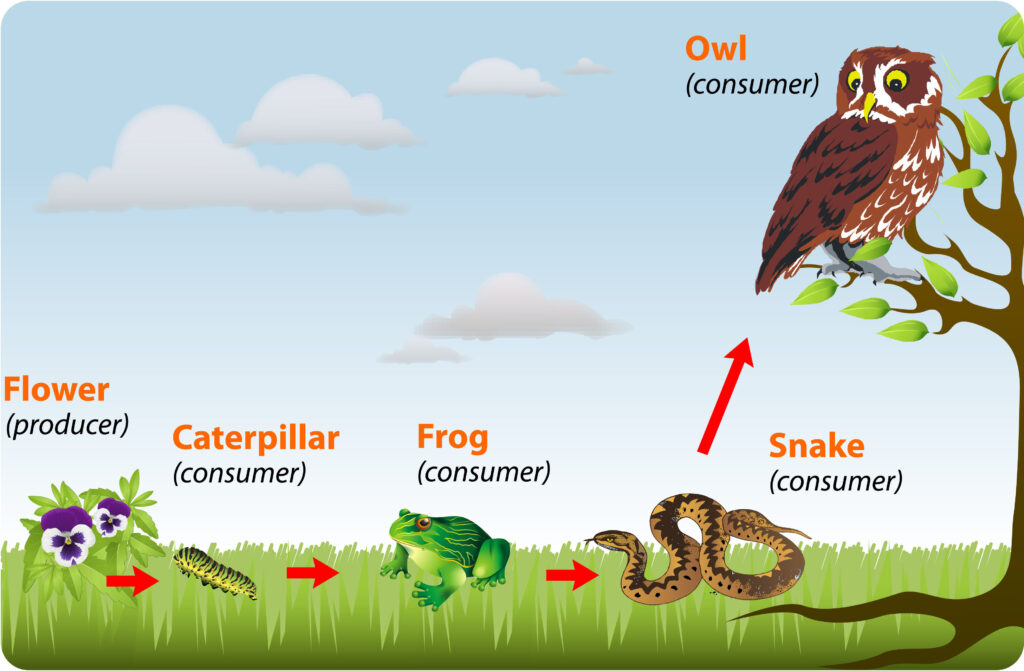
Figure 4.3: Ecologists study organisms based on the role it fulfills in the ecosystem

Producers within an ecosystem are organisms capable of synthesizing organic compounds from inorganic substances. These typically include green plants, which absorb inorganic elements like calcium and iron through their roots and convert them into organic compounds such as starches and proteins via photosynthesis. Green plants harness energy from the sun to make this energy available to animals in various forms such as fruits, seeds, and leaves.
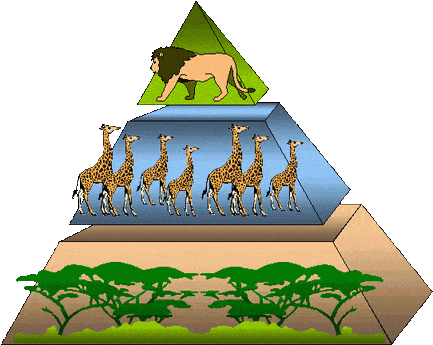
Figure 4.4: The process of photosynthesis: Plants make the energy from the sun available to herbivores.
Termed autotrophs, green plants operate independently from other organisms and occupy the primary feeding level, known as Trophic level 1.
Figure 4.5: Biotic elements are linked together in a dynamic system by means of energy flow
Consumers, on the other hand, are heterotrophs relying on autotrophic organisms for their energy requirements. They occupy subsequent feeding levels, namely Trophic levels 2, 3, and 4. Primary consumers, such as herbivores like rabbits and cattle, feed directly on plants, while secondary consumers, such as carnivores like lions, prey on other consumers. Omnivores, including humans, can function as both primary and secondary consumers.
Plants, however, play a significant role in various ecosystem functions. Through their roots, they facilitate nutrient recycling. Trees, for instance, are capable of extracting nutrients from beneath the soil surface and storing them within their stems and leaves.
Plants also release nutrients into the soil through the decomposition of dead leaves that fall to the ground. Additionally, plants provide shade, which helps cool the surface and enhances the activity of microorganisms responsible for breaking down organic matter. Moreover, plant roots play a crucial role in binding soil together, reducing the erosive impact of heavy rains and wind.
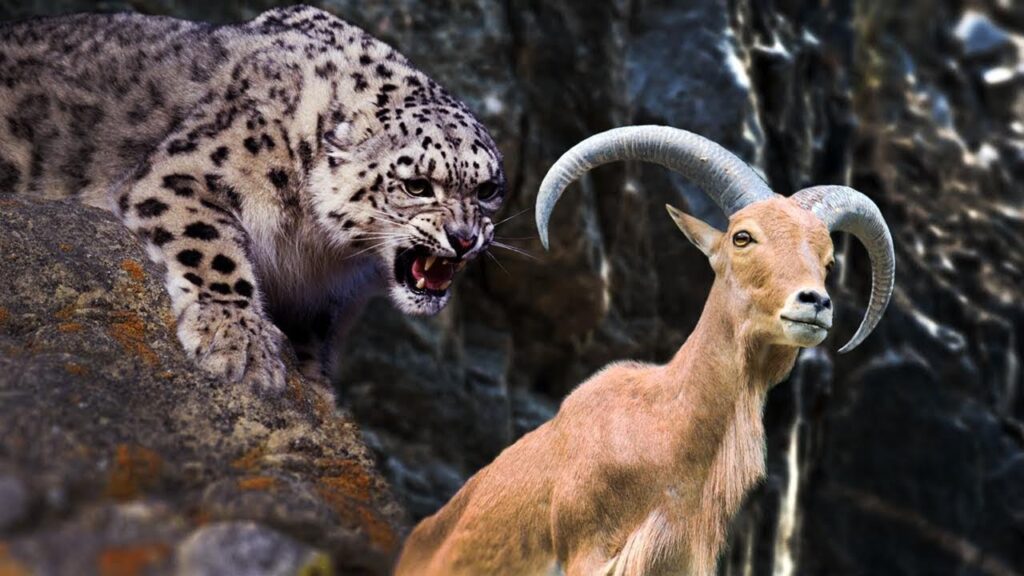
Figure 4.6: Carnivores consume herbivores to supply in their energy needs.
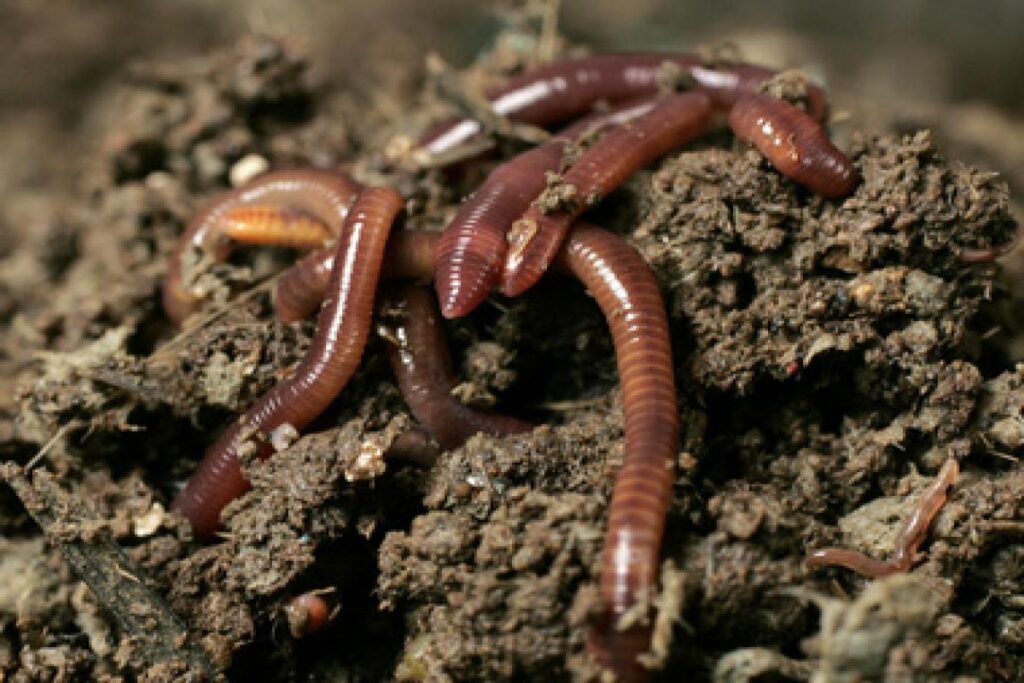
Figure 4.7: Decomposers obtain their energy by consuming the corpses of animals or dead plant material
Those carnivores that kill their prey and consume it are referred to as predators, while those that consume the remains left by carnivores are known as scavengers, such as vultures and hyenas, and can be classified as Trophic Level 4.
Among the decomposers in the soil, there are macro-decomposers and micro-decomposers. Examples of macro-decomposers include earthworms and woodlice. Micro-decomposers encompass a wide variety of bacteria, fungi, and other single-cell organisms. Decomposers derive their energy by consuming animal corpses and dead plant material. They break down the organic material into inorganic elements or minerals, which are then returned to the soil or water. These nutrients can be absorbed by plant roots and transformed back into organic compounds through the processes associated with photosynthesis.
In this manner, all biotic components are interconnected within a dynamic functional system through the flow of energy. Food pyramids aid in visualizing the transfer of energy within the food chain. When an herbivore, such as a rabbit, cow, or giraffe, consumes vegetation, only a fraction of the energy it receives from the green plant becomes part of its new body mass. The remainder of the energy is utilized by the herbivore to sustain its life processes, such as movement, digestion, and reproduction, with some being released as waste and heat. Consequently, when the herbivore is preyed upon by a carnivore, such as a lion, leopard, or fish eagle, it passes on only a small proportion (typically not exceeding 10%) of the total energy acquired from green plants to the carnivore. Therefore, the carnivore must consume numerous herbivores to acquire sufficient energy for its own life processes.
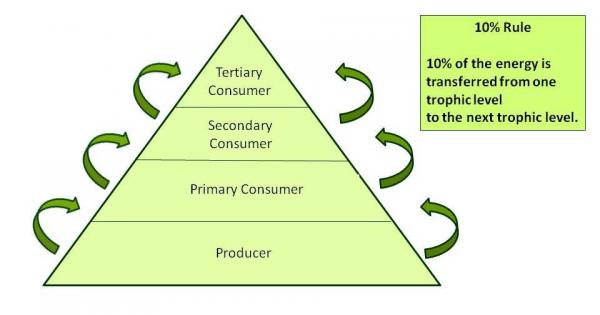
Figure 4.8: “The Rule of 10” – Energy is lost between each link of the food pyramid

Figure 4.9 In a Food Network individuals from various trophic levels may feed on the same prey.
Within each trophic level, there exists a variety of populations, such as worms, mice, rabbits, and various species of bucks. The total energy consumed within a trophic level is distributed among all herbivores, but the energy transferred to higher levels decreases progressively. Due to the intricate connections among carnivores, energy dissipates across subsequent trophic levels. This implies that animals at the end of the chain may struggle to obtain sufficient food for survival. Hence, most food chains consist of no more than four or five links. Additionally, many animals participate in multiple food chains and consume various types of food to meet their nutritional and energy needs. This underscores the importance of preserving the biodiversity of ecosystems. These interconnected chains collectively form a complex food web.
The loss of energy at each transfer within the food chain also carries implications for human survival. A shorter food chain, from which humans derive their sustenance, increases the likelihood of sufficient food (energy) to support the expanding global population. Land currently utilized for meat production could be more efficiently employed for cultivating grains and vegetables directly consumable by humans.
Farmland currently occupies half of Earth’s habitable land. Increasingly, land is being plowed and forests are being cleared to cultivate fodder for cattle. If we shift our dietary habits towards primarily plant-based foods rather than meat-based ones, deforestation can halt, allowing biodiversity to recover.
For too long, people have shown apathy or even contempt towards this message of respecting nature, as it hasn’t directly impacted their daily lives or finances. However, as environmental degradation accelerates and global warming causes catastrophes like floods, wildfires, extreme cold, and droughts, food production suffers and the cost of living rises. These extreme events are finally grabbing people’s serious attention.

Figure 4.10 Humans have the ability to appreciate and protect ecosystems or destroy it due to ignorance.
The longer we delay in adapting to harmonious interaction with nature, the more difficult it will be to reverse the downward spiral of environmental degradation that threatens our survival.
